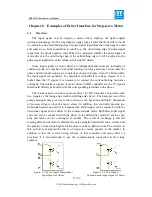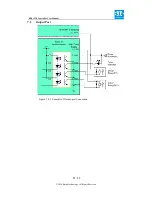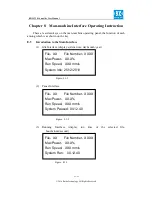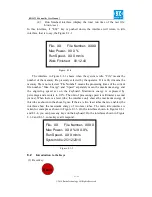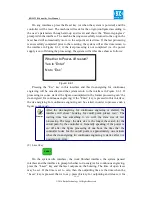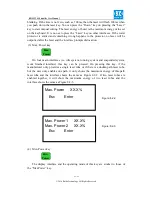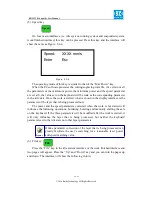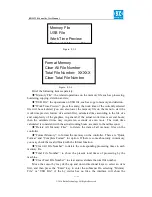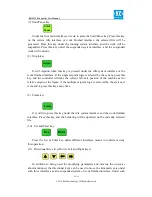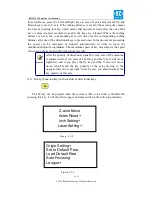
RDLC320 Controller User Manual
17
/
45
© 2016 Ruida Technology. All Rights Reserved.
C
hapter 6 Examples of Driver Interface for Step-servo Motor
6.1
Overview
The input signal end of step-servo motor driver employs the light-coupled
isolation technology. For the step impulse signal, some isolate the diode side from off
to conduction (the valid falling edge of pulse signal input from the diode negative end)
and some do so from conduction to cutoff (e.g. the valid rising edge of pulse signal
input from the diode negative end). When it is indicated whether the pulse signal of
motor driver is the valid rising edge or the valid falling edge, it will be subject to the
pulse signal inputted from the minus end of side OC diode.
Some input signals of motor driver are independent and some are internally of
common anode, so some have 4 external leading-out wires and some 3 wires (only the
pulse and directional signals are counted) as shown in Figure 10 and 11. Meanwhile,
the input signal can generally be compatible with different voltage classes. If it is
higher than the 5V signal, it is necessary to connect the current-limiting resistance
externally. The interface signals of motor driver for RD controller are the 5V signals
that should directly be abutted with the corresponding terminals to the driver.
The interface pulse end of each motor driver for RD controller can provide such
two signals as the rising-edge walk and falling-edge travel. The improper use of the
pulse-end signal may give rise to the lost steps, even back-run and finally dislocation
of processed figure when the motor steers. In addition, this controller provide two
directional signals not restrict in requirements. Either signal can be connected with the
directional signal end of driver in the common-anode mode. Both directional signal
ends can also be connected with the driver in the differential mode. In such a case,
plus and minus can be exchanged at random. The result of exchange is that the
rotating direction of motor is different from the actually desired direction. At this time
the polarity of directional signal for the motor can be modified on the PC software. In
this section is exampled the driver of step-servo motor popular in the market. In
addition to that the correct wiring scheme of this controller and motor driver is
provided, it is recommended to use the common-anode connection in all wiring
schemes.
Figure: 6.1-1 Four Inputs, Independent
Input Signal of Driver
Figure: 6.1-2 Three Inputs,
Common-anode Input Signal of Driver















